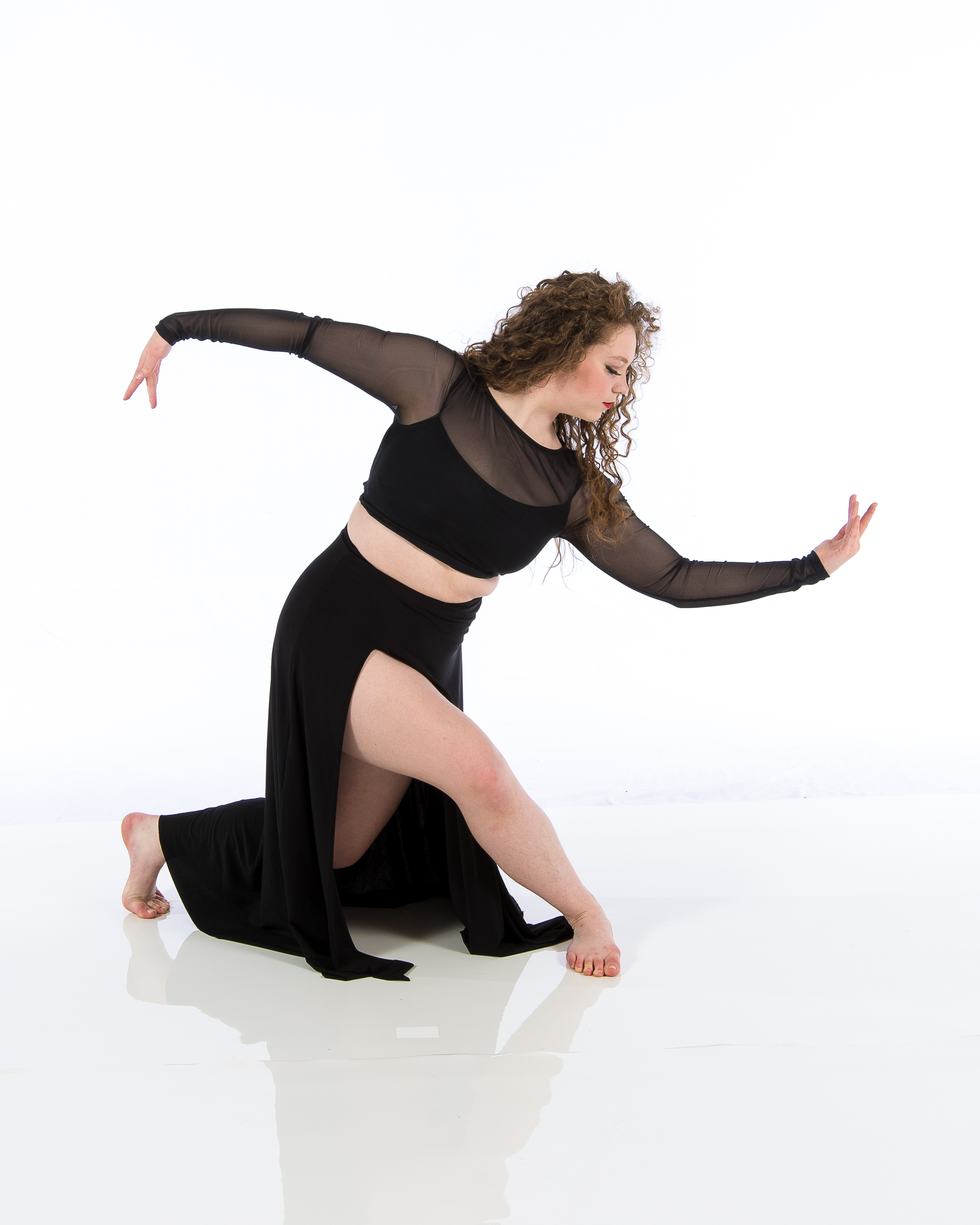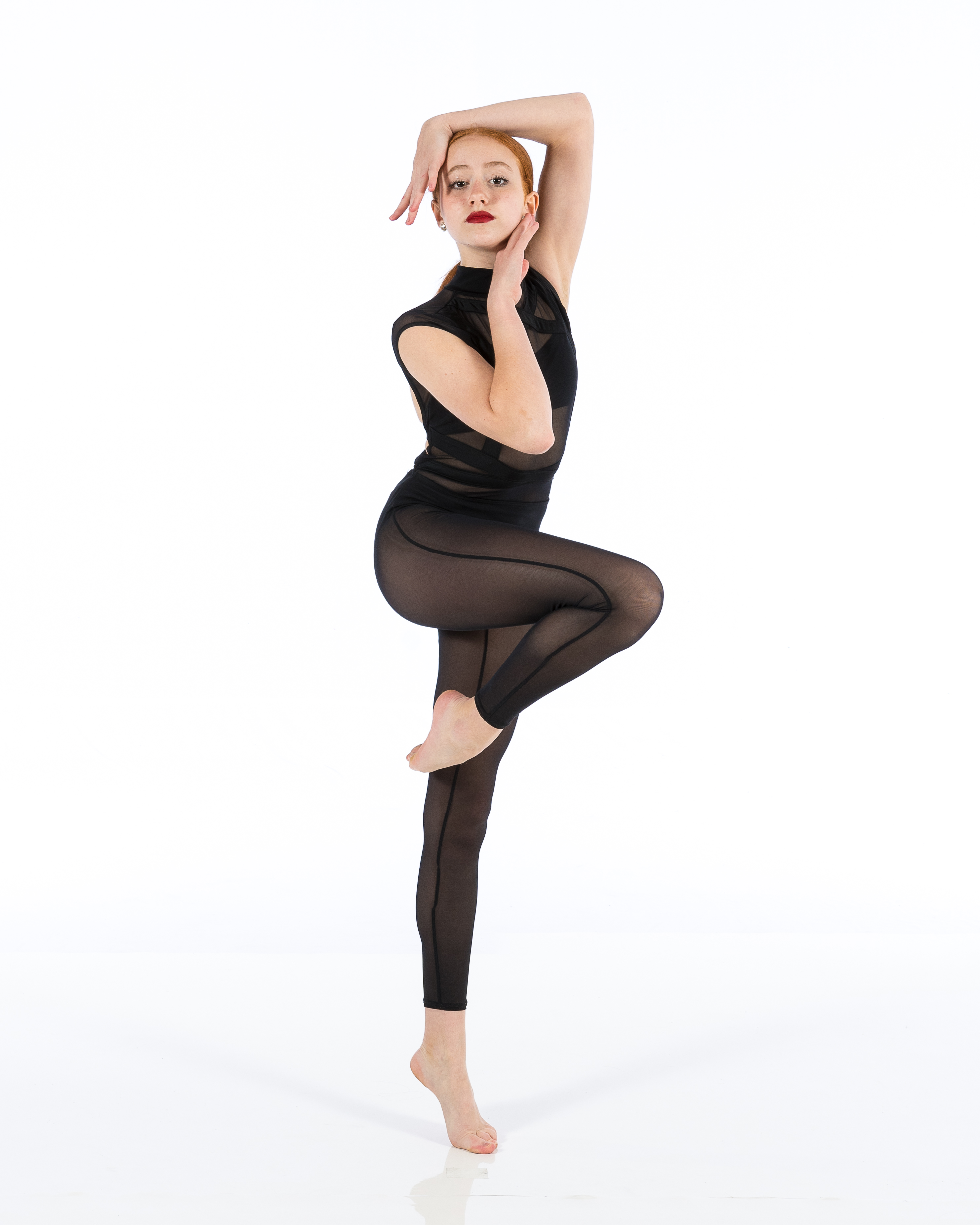Introduction
In an age where mental health awareness has gained significant traction, alternative therapies are becoming increasingly popular. Among these, dance therapy has emerged as a unique and effective mode of self-expression and healing. This article explores the interplay between dance and mental wellness, highlighting how dance studios can serve as sanctuaries for personal growth, self-worth, and belief.
Dance is more than just movement; it’s a form of communication that transcends words. Whether you're tapping your feet to a beat or flowing gracefully across the floor, dance allows individuals to express emotions that might be difficult to articulate. In this extensive exploration, we’ll delve into various aspects of dance as therapy, the role of dance studios in nurturing self-worth, and the transformative power of rhythm and motion.
Dance as Therapy: How Studios Cultivate Self-Worth and Belief
What is Dance Therapy?
Dance therapy integrates movement with emotional expression to promote healing and well-being. It utilizes the physical act of dancing as a tool for personal exploration, emotional release, and social interaction.
The Historical Context of Dance Therapy
The roots of dance therapy can be traced back to the early 20th century when pioneers like Marian Chace began using dance in therapeutic settings. Understanding this historical context helps underline its significance today.
Types of Dance Therapy
- Expressive Dance: Focuses on emotional expression through free movement. Structured Dance: Involves choreographed movements designed for specific therapeutic goals. Social Dance: Encourages community engagement and social skills development.
Why Dance Matters in Mental Health
The Science Behind Movement and Emotion
Studies show that physical activity releases endorphins—often referred to as "feel-good" hormones. When combined with music, movement becomes a powerful tool for enhancing mood.

How Dance Affects Brain Chemistry
Engaging in dance activates multiple areas of the brain associated with emotion regulation, cognitive function, and muscle memory.
Dance Studios: Safe Spaces for Exploration
Creating an Inviting Atmosphere
A welcoming environment is crucial for fostering self-worth among participants. Dance studios often achieve this through warm lighting, inspiring decor, and positive reinforcement from instructors.
Community Engagement in Dance Studios
Building a sense of community is essential. Many studios host events that encourage participants to share their experiences and celebrate achievements together.
Cultivating Self-Worth Through Movement
Personal Growth Through Learning New Styles
Learning different styles—from ballet to hip-hop—can empower individuals to embrace their unique identities while discovering new strengths.
Overcoming Personal Challenges via Dance
Many individuals find solace by confronting personal challenges through movement. The studio becomes a place where setbacks can be transformed into triumphs.
Belief in Oneself: The Role of Affirmations in Dance
The Power of Positive Affirmations
Incorporating affirmations into classes can significantly impact how dancers perceive themselves. Simple phrases like "I am strong" or "I am worthy" can shift mindset dramatically.
Group Dynamics: Collective Affirmation Practices
When groups come together to affirm one another's abilities and potential, the sense of community strengthens individual belief systems even further.
The Role of Instructors in Fostering Self-Worth
Creating Trusting Relationships with Students
Instructors play a pivotal role in shaping students' experiences by establishing trust-based relationships that encourage vulnerability.
Feedback That Empowers Rather Than Criticizes
Constructive feedback focuses on improvement rather than shortcomings. This approach nurtures a positive self-image among dancers.
Dance Styles That Promote Healing
Contemporary Dance: Expressing Complex Emotions
Contemporary dance allows for fluidity in expression and can capture the nuances of human emotion effectively.
Ballet: Building Discipline and Structure
Ballet instills discipline while offering a structured approach to movement that can lead to increased confidence over time.
Integration of Mindfulness Practices in Dance Studios
Mindful Movement Techniques
Practicing mindfulness within dance routines encourages participants to focus on their bodies’ sensations rather than external judgments or comparisons.
Breathwork as a Tool for Emotional Release
Integrating breathwork into classes enhances relaxation while promoting emotional release through physical movement.
Conclusion
Dance is an exceptional medium not just for artistic expression but also for personal growth and empowerment. By understanding how studios cultivate self-worth through various practices—be it through community engagement or mindful techniques—we start seeing them not merely as places for learning choreography but rather as transformative spaces where individuals can reclaim their identities and beliefs in themselves.
FAQs
1. What are some benefits of dance therapy?
Dance therapy offers numerous benefits including enhanced emotional expression, improved self-esteem, stress reduction, increased physical fitness, and enhanced social skills.
2. Can anyone participate in dance therapy?
Yes! Anyone regardless of age or skill level can participate in dance therapy sessions designed specifically for diverse groups.
3. How do I find a reputable dance studio offering therapy?
Look for local studios that provide specialized programs focusing on expressive arts therapies or certified practitioners trained in dance/movement therapy (DMT).
4. Is there evidence supporting the effectiveness of dance therapy?
Yes! Numerous studies have shown positive outcomes related to mental health when engaging in therapeutic movement practices such as reduced anxiety levels among participants.
5. How often should one engage with dance therapy?
It varies based on individual needs; however, regular attendance (e.g., weekly) is generally recommended for optimal benefits over time.
6. What should I wear during my first class?


In summary, “Dance as Therapy: How Studios Cultivate Self-Worth and Belief” showcases how engaging with different forms of movement not only enriches lives but also fosters resilience against life’s challenges—all made possible within nurturing environments provided by supportive dance studio communities at local dance studios.